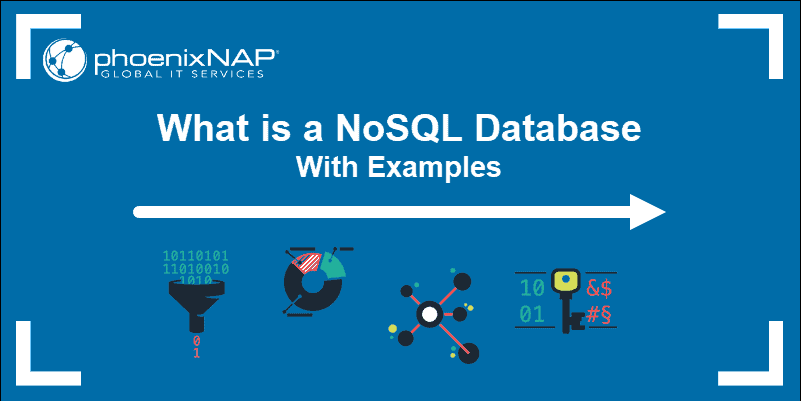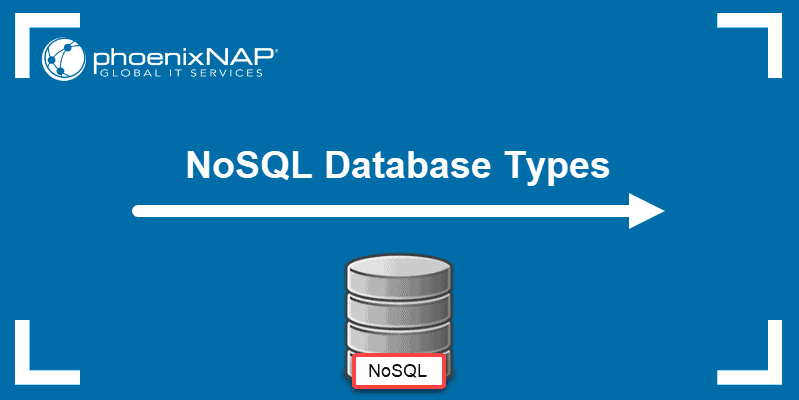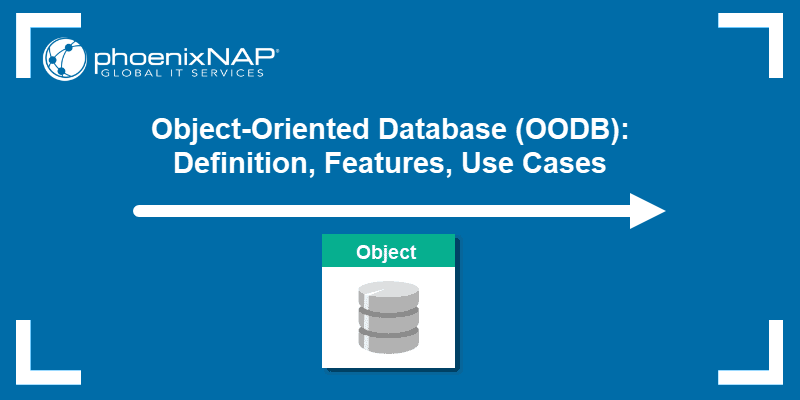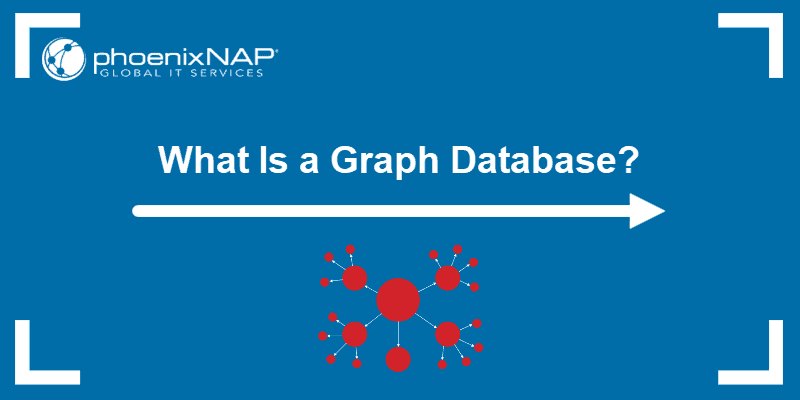With the evolving nature of the database landscape, it can be challenging to keep up with all the available solutions. Open-source databases are becoming increasingly popular, with more than 90 percent of developers using at least one in their stack.
In this tutorial, we will list fourteen of the most popular open-source databases and present their strong and weak points to help you decide which solution best suits your needs.
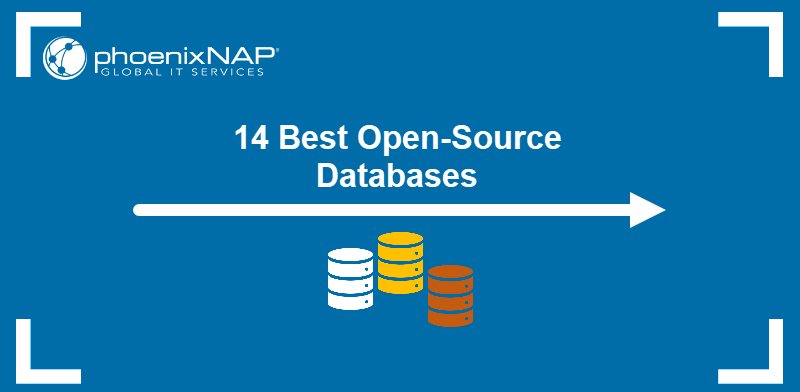
MySQL
MySQL is the best-known and most widely used open-source database. As a relational database management system (RDBMS), MySQL structures data by organizing it into interconnected tables that users can access using SQL (Structured Query Language). The platform supports multiple storage engines, such as InnoDB and MyISAM.
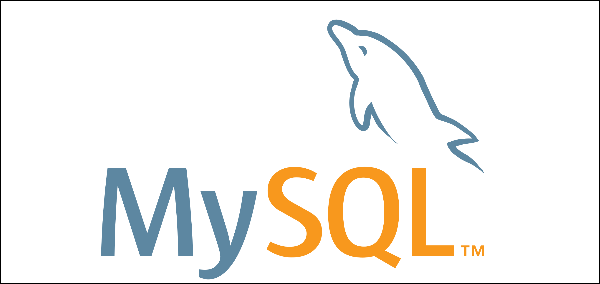
Use Cases
While direct interaction with MySQL databases is possible using standalone clients, MySQL is more frequently a part of a software stack, such as LAMP. Due to its popularity, MySQL is the RDBMS of choice for web applications that require databases, such as WordPress, Joomla, and phpBB.
Pros
- Fast and dependable. Efficient data handling ensures consistency and quick access.
- Easy to use.
- Horizontally scalable. MySQL databases can accommodate large workloads and adapt to increases in traffic.
- Features many data types and character sets.
- Supports large databases. MySQL can process up to fifty million records, two hundred thousand tables, and five billion rows.
- Features extensive cross-platform support.
Cons
- Inefficient in handling large databases. Although it can work with large data sets, MySQL’s performance may suffer in more extreme cases.
- Its debugging tool is underdeveloped.
- No SQL support for check constraints in MySQL versions older than 8.0.16.
- Prone to data corruption.
MariaDB
MariaDB is a fork of MySQL created to provide a community-driven drop-in replacement for MySQL. Consequently, MariaDB shares many MySQL features but extends them with support for advanced data types, user-defined functions, and more.
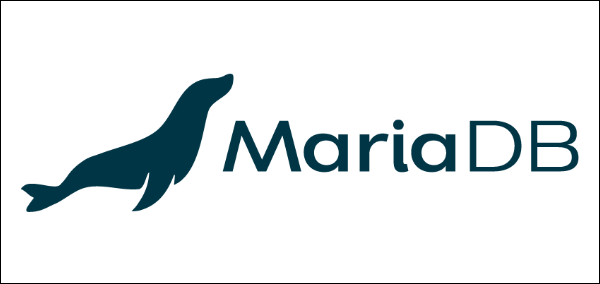
Use Cases
With its built-in clustering and replication features, MariaDB is often the RDBMS of choice for developers of high-availability applications. Moreover, MariaDB shares many use cases with MySQL, particularly in the web application and content management system domains.
Pros
Aside from the advantages it shares with the MySQL base, MariaDB features the following benefits:
- MariaDB has a faster release schedule than MySQL, with new features and bug fixes arriving more quickly.
- It supports a wide range of environments and storage engines.
- A large developer community enables users to find support easily.
- Better multi-core performance than MySQL.
- Improved SSL/TLS support and user roles bring greater security.
Cons
- Compatibility issues. Although MariaDB is marketed as a complete replacement for MySQL, some MySQL apps and configurations may be incompatible.
- Limited enterprise-level support. As a community project, MariaDB has limited enterprise support compared to big companies such as Oracle and Microsoft.
PostgreSQL
PostgreSQL (or Postgres) is an object-RDBMS that uses extended SQL to process complex data workloads. It focuses on providing extensibility, data integrity, and fault tolerance in an ACID-compliant environment.
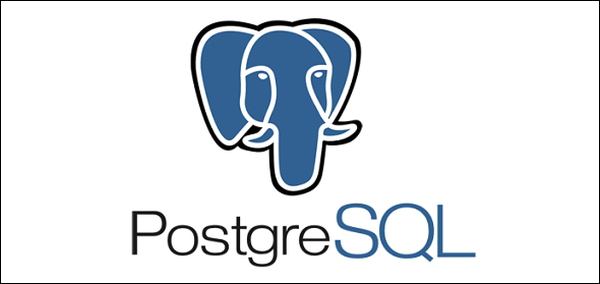
Use Cases
PostgreSQL’s popular use case is acting as a backend database for web applications and content management systems (CMS). Its robust support for managing large data volumes makes it a frequent choice in data warehousing and analysis. Furthermore, PostgreSQL is used in e-commerce, finance, and scientific research.
Pros
- Highly extensible. PostgreSQL allows users to define their own data types and custom functions. It also supports adding code from multiple programming languages without the need to recompile the database.
- Very secure. With SSL encryption and role-based access control (RBAC), PostgreSQL provides an elevated level of security.
- Supports advanced data types such as XML, JSON, and arrays.
Cons
- Overly complex for some scenarios. PostgreSQL has many advanced features which require a higher level of expertise to set up.
- It can be slow when managing smaller databases compared to other tools built for a specific purpose.
- Resource intensive.
- Command-line oriented. While some tools offer a GUI for working with PostgreSQL, they are not developed enough.
- Migration to PostgreSQL can be challenging.
Note: For more information on how PostgreSQL compares to MySQL, read PostgreSQL vs. MySQL: A Detailed Comparison.
CockroachDB
CockroachDB is a distributed SQL database system with a focus on scalability and resiliency. The foundation of this database is a strongly consistent, transactional key-value store. CockroachDB achieves strong consistency in a distributed environment with a distributed consensus algorithm called Raft.
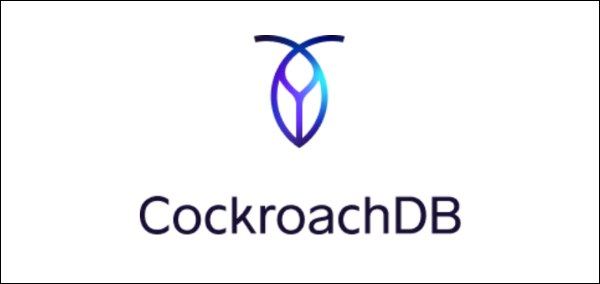
Use Cases
CockroachDB fits projects that require scalable, highly available databases, such as e-commerce solutions and finance applications. It is also frequently utilized in IoT applications that manage substantial amounts of data. Well-known CockroachDB-powered projects include Comcast’s Xfinity Home automation platform and Baidu’s real-time recommendation engine.
Pros
- Automated data sharding and rebalancing.
- Built-in support for SQL queries for easy third-party tool integration.
- ACID-compliant transactions. CockroachDB is a NewSQL, a modern relational DBMS bridging the gap between SQL and NoSQL.
- Strong consistency. All nodes in a CockroachDB cluster always agree on the data state.
Cons
- The specific SQL dialect used by CockroachDB creates a steep learning curve for developers coming from other DBMSs.
- Difficult to integrate with PostgreSQL, preventing you from using some of its features.
- High availability and resilience requirements for large data sets create sizeable storage overhead.
Neo4j
Neo4j is a NoSQL graph database for managing, querying, and storing real-time graph data. It provides an efficient way to analyze, browse, and store the graph data components (nodes and relationships). Querying graph data in Neo4j is performed using Cypher, a specialized query language for data pattern detection and complex graph manipulation.
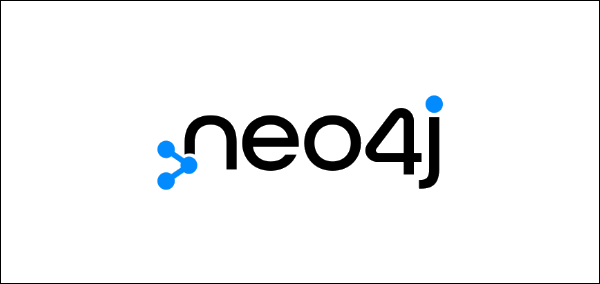
Use Cases
The projects that utilize Neo4j often deal with large graph data sets that need to be efficiently managed and analyzed. These projects include social network analysis, identity and access management, and network infrastructure management. Neo4j can also create and manage semantic networks for data integration (i.e., knowledge graphs).
Pros
- Faster than relational databases for graph queries.
- Can easily convert different database types into graph databases.
- Good at handling large-scale graph data.
- Cypher is a powerful query language.
- Graph data visualization tools.
Cons
- Requires knowledge of graph data modeling concepts.
- No SQL support, only Cypher.
- Limited data types.
- Performance starts to drop at larger scales.
- The lack of range indexes can make sorting data taxing on system resources.
MongoDB
MongoDB is a popular document-oriented NoSQL database that features a simple but capable document model and a highly scalable architecture. The format of MongoDB’s documents is BSON, a binary representation of JSON documents. The architecture of this DBMS features a single master node that directs multiple workers. If the master node fails, one of the worker nodes takes over the role.
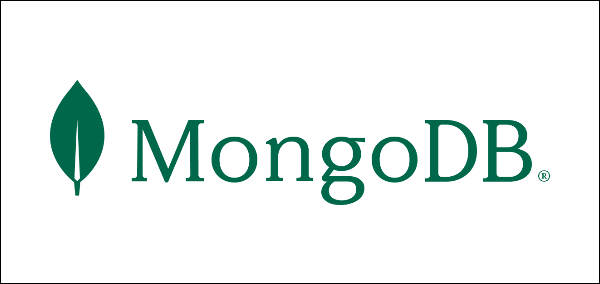
Use Cases
MongoDB is well-suited for projects that require flexible and scalable data storage. Use cases include central processing of distributed product data, operational intelligence, customer analytics, real-time data integration, etc.
Note: MongoDB is part of the MEAN stack, a JavaScript software bundle for creating dynamic websites and web apps.
Pros
- Ad hoc queries, indexing, and real-time aggregation.
- Sharding enables easy scaling.
- Workload isolation features allow users to use the same cluster for operational and analytical workloads.
- An in-house aggregation framework.
- Portable and cloud-agnostic, MongoDB ensures workflow consistency and prevents vendor lock-ins.
- Integrates well with all major technologies.
Cons
- Does not support join-like operations.
- Data redundancy requires a lot of memory.
- The maximum size of a BSON document is only 16 MB. For larger files, developers must use the GridFS API.
CouchDB
CouchDB is a scalable and fault-tolerant document-oriented NoSQL database. The data in CouchDB resides in JSON-based documents that do not have to follow a schema. The users can organize the documents in collections and views.
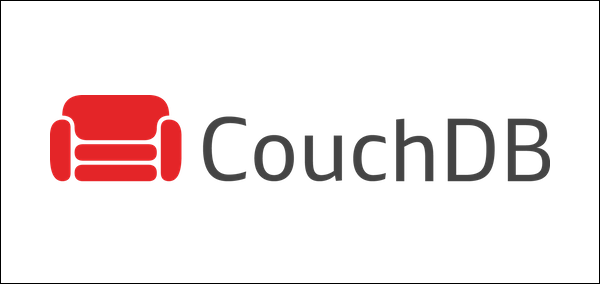
Use Cases
CouchDB’s data model works best in scenarios that require unstructured and semi-structured data manipulation. These data types are frequently used with content management systems, healthcare applications, e-commerce, and social media platforms. CouchDB’s indexing and querying capabilities also greatly benefit data reporting and analytics.
Pros
- REST API allows for easy integration with web applications.
- Highly scalable and flexible.
Cons
- Limited query capabilities. Querying in CouchDB uses MapReduce, an algorithm optimized for scalability and speed but limited in the number of query types it can perform.
- No strong consistency. Like other NoSQL databases, CouchDB features the "eventual consistency" model that prioritizes availability over consistency and takes read and write requests on a node even if its data is not up to date.
- It is a resource-heavy platform.
RethinkDB
RethinkDB is a distributed DBMS specializing in real-time application support. As a NoSQL database, RethinkDB stores unstructured data in JSON format, allowing developers to create databases customized to fit their data model.
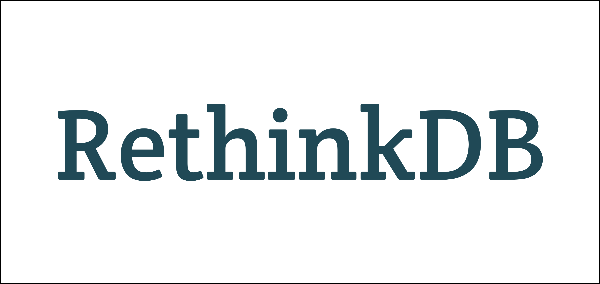
Use Cases
The real-time push architecture allows RethinkDB users to perform queries and receive real-time updates, which is especially useful for chat applications, multiplayer games, and analytics. RethinkDB is also frequently utilized by health apps that use sensors to measure and report real-time health data.
Pros
- RethinkDB’s query language ReQL facilitates the creation of complex queries.
- The consensus algorithm enables fault tolerance and ensures data consistency across the cluster.
- The database features the
mergeoperation, which supports join-like operations. - Well-designed dashboard.
Cons
- More difficult to find support than with some more popular NoSQL solutions.
- No SQL support.
Redis
Redis is a fast and scalable in-memory key-value data store. The key-value data model enables the platform to support large datasets and maintain high availability and performance. Redis can manipulate various data types (such as strings, lists, hashes, sets, etc.) and can be configured to prevent data loss by persisting data to disk.
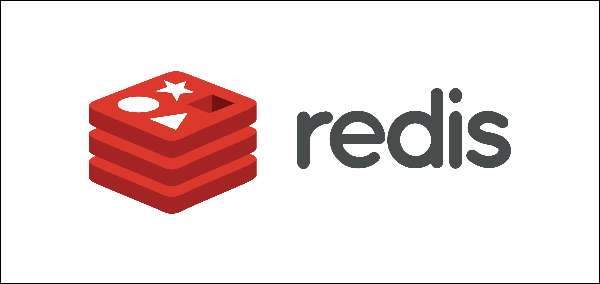
Use Cases
Due to its ability to process data quickly and efficiently, Redis can manage substantial amounts of real-time data in a short amount of time. This property makes it an excellent choice for real-time analytics and message brokering. It also frequently powers the cache memory of an application and manages session data, such as login information and user preferences.
Pros
- Fast and efficient performance.
- Redis is versatile and easy to use. Its simple API helps users get started quickly.
- Supports scalability through clustering and replication.
Cons
- More susceptible to data loss due to system crashes or power outages. Although users can configure data persistence to reduce the risk, it may impact data performance.
- Single-threaded. Redis can handle one operation at a time.
- No SQL support.
SQLite
SQLite is a serverless, self-contained transactional SQL database engine primarily designed to provide database capabilities as an embedded element inside an application. It utilizes a file-based format that packs data and metadata into a single file. The file content is organized into tables, indexes, triggers, views, and other relational objects.
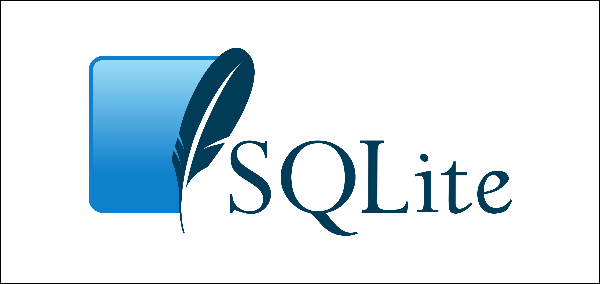
Use Cases
SQLite’s small footprint makes it a viable choice for resource-constrained environments such as mobile and IoT devices. This is why SQLite frequently powers various features of mobile apps, web browsers (bookmarks and history), and embedded systems.
Pros
- It supports JSON and has full support for transactions.
- Simple and easy to deploy and manage.
- Self-contained and lightweight.
- It supports SQL.
Cons
- Limited scalability.
- Not a client-server database.
- No built-in replication or clustering.
Cassandra
Cassandra is a NoSQL database based on a wide-column data model. This model is a hybrid created by combining design concepts of a tabular database and a key-value store. The column data model enables Cassandra to handle a large amount of data efficiently.
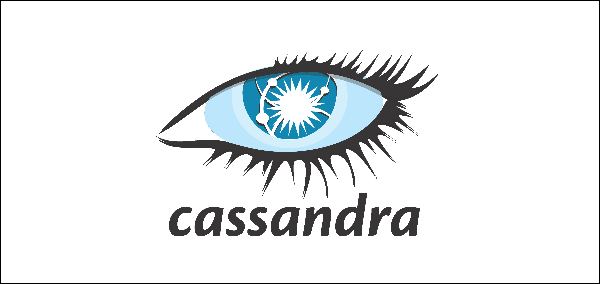
Use Cases
Given that Facebook created Cassandra for internal needs before publishing it as an open-source tool, it is clear that social media and instant messaging are its primary use cases. However, Cassandra is also well-suited for real-time applications, such as processing sensor data in IoT, analytics, and real-time fraud detection.
Pros
- Distributed architecture allows for horizontal scaling.
- Fast writes and reads.
- Automatic data replication and fault tolerance.
- Supports a rich set of data types.
- Tunable consistency. Cassandra allows users to manage the trade-off between consistency and ability by specifying a consistency level.
Cons
- The column-based data model makes aggregation difficult.
- High performance and availability come at the cost of consistency.
- Difficult to set up and manage.
- Not ACID-compliant.
Note: Learn more about the differences between Cassandra and MongoDB in our Cassandra vs. MongoDB comparison article.
Timescale
Timescale is an RDBMS that extends the functionality of PostgreSQL to create a platform for analytics and time-series data management. As a relational database, Timescale supports standard SQL queries and provides additional SQL functions for time-series data.
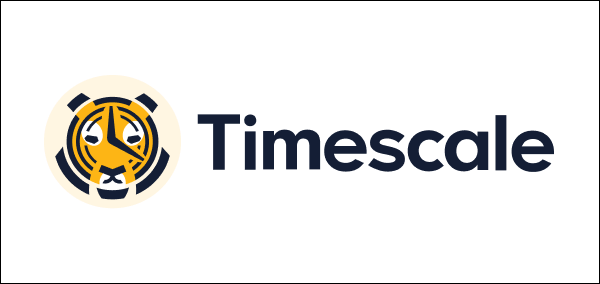
Use Cases
Since Timescale is a time-series database, its use cases relate to the scenarios which utilize this specific data type. This includes IoT sensor data processing, patient monitoring in the healthcare industry, and weather forecasting.
Pros
- Unique partitioning scheme for optimized storage and retrieval of time-series data.
- Horizontally scalable.
- PostgreSQL users will find the syntax familiar.
- Data retention policies help manage storage.
Cons
- It may prove challenging to learn if you are not a PostgreSQL user.
- Limited use cases - Timescale is optimized for time-series data only.
- Resource hungry.
Firebird
Firebird is a lightweight RDBMS that supports SQL-92 and SQL-99 standards and can be used both in the client-server and embedded, serverless environment. Its multi-generational architecture enables multiple row versions to coexist, thus improving concurrency and performance.
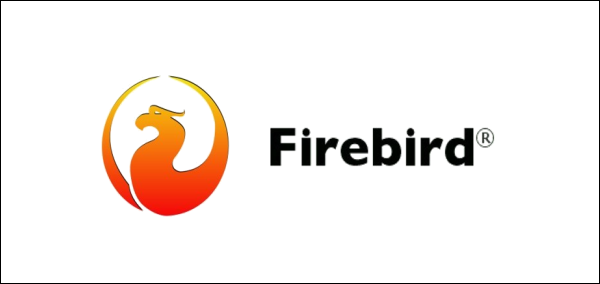
Use Cases
Firebird’s lightweight architecture makes it a good fit for small, standalone apps that need a single-user database. It is also frequently employed as a backend database for web and desktop apps, a data storage and retrieval solution for mobile apps, and a data warehouse for storing analytics and reporting data.
Pros
- Lightweight architecture.
- Features robust transaction handling that ensures data consistency.
- Advanced security features like role-based access control.
- Easy backups.
Cons
- No integrated replication support.
- Subpar performance on Windows.
- No embedded version for Android.
CUBRID
CUBRID is a relational database system that puts emphasis on performance and flexibility. Its multi-threading and multi-version concurrency control feature allows it to process large amounts of data from multiple connections at the same time.
The feature setting CUBRID apart from other RDBMSs is its three-tier client-server architecture - each deployment consists of the database server, the connection broker, and the application layer.
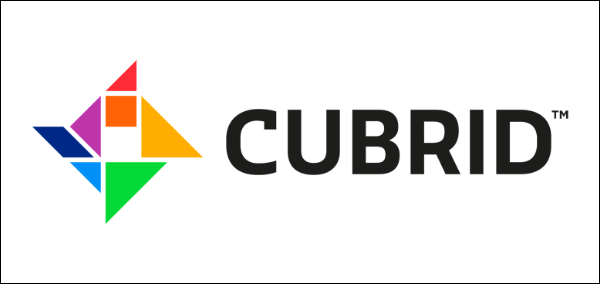
Use Cases
CUBRID works best when powering web-based applications, such as e-commerce apps, content management systems, online games, and social networks. Its full-text search capabilities also make it an excellent choice for data warehousing and analytics.
Pros
- High performance.
- Powerful SQL engine.
- Web-based management console.
Cons
- Limited adoption means limited compatibility with third-party tools and a lack of community support.
- Additional processes for handling the query due to the unique architecture.
Conclusion
Choosing the right database management system for your project can be daunting with so many options available in the open-source market. After reading this article, you should be able to judge the pros and cons of each option and find a solution that will suit your needs.
